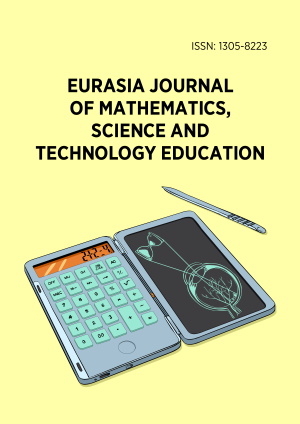Abstract
The research compares Euclidean and Galilean methods in calculating triangle areas. It assesses how these different geometric frameworks influence problem-solving strategies and computational efficiency amongst thirty grade 10 male students at a selected school in Iraq. A mixed-methods approach was employed, using quantitative data from student assessments and qualitative data from interviews to evaluate the impact of these methods. The findings indicate that curriculum modifications, such as integrating Galilean methods alongside traditional Euclidean approaches, can enhance students’ understanding of geometric principles and improve their problem-solving skills. Additionally, research indicates that students find Galilean methods enjoyable, motivating, and novels which clarifies concepts and positively influences their perceptions of mathematics. The study highlights the importance of curriculum development incorporating diverse methodologies to cater to varied learning styles and promote a more inclusive and effective learning environment. The implications extend to educational practices, emphasizing the need for educators to adopt multifaceted approaches that foster enhanced mathematical literacy and prepare students for real-world applications.
License
This is an open access article distributed under the Creative Commons Attribution License which permits unrestricted use, distribution, and reproduction in any medium, provided the original work is properly cited.
Article Type: Research Article
EURASIA J Math Sci Tech Ed, Volume 21, Issue 7, July 2025, Article No: em2665
https://doi.org/10.29333/ejmste/16603
Publication date: 15 Jul 2025
Article Views: 1131
Article Downloads: 796
Open Access References How to cite this article
 Full Text (PDF)
Full Text (PDF)